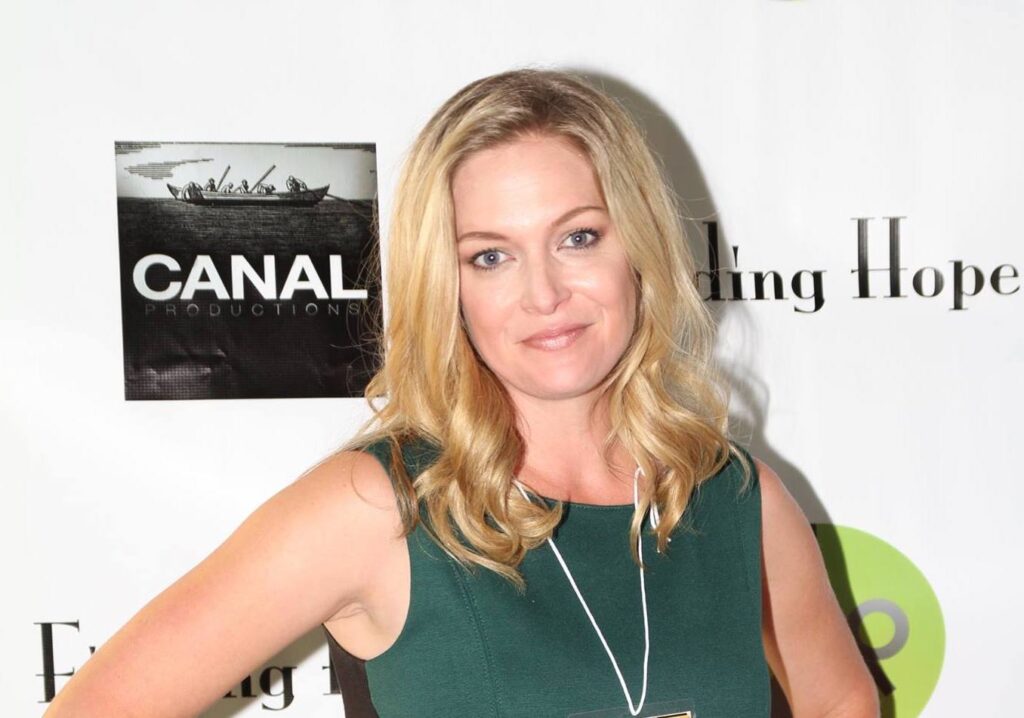Guest Post by Gillian Thomas and Melissa Goodman
It’s a new year, and that means it’s awards season — or more specifically, the season for a slew of award nomination announcements devoid of women’s names. As we know from Sunday night’s Golden Globes, for instance, the list of honorees (again) included no women in the Best Director category. Adding insult to injury, the report released last week by the Annenberg Inclusion Initiative tells us that women actually lost ground in 2018, their representation among the year’s top-grossing 100 films decreasing by more than half, from 2017’s 7.3 percent to 3.6 percent — the lowest level in four years. Cue the weary outrage at Hollywood’s seemingly immoveable gender imbalance — despite three years of investigation and reported discrimination charges against major studios by the U.S. Equal Employment Opportunity Commission (EEOC), and a year of the #MeToo and Time’s Up crescendos of anger against the status quo.
But while we keep our fingers crossed that the Oscar list looks different when it’s announced on January 22, there also is reason to believe that progress can be made this year: the past year’s upheaval unquestionably has brought to the table industry partners eager to finally take real steps that will make a real difference when it comes to inclusion, both in front of and behind the camera. And last week’s Annenberg report did include the good news that the number of top-grossing films helmed by Black directors nearly tripled in 2018, showing that when Hollywood is motivated to change, it can.
What’s one such step that all Hollywood stakeholders should take? Adopt inclusive hiring targets. Put simply, if you have hiring power in Hollywood and you want better numbers — whether in the director’s chair or in the C-suite — you should set a numerical goal and then try hard to meet it. And we have a new guide for just that.
This is a scary proposition to some. It’s a common perception that such goals are illegal. They’re often wrongly called quotas, or worse, “reverse discrimination.” But the reality is that the law grants private companies latitude in taking race, gender, and other protected traits into account. Both Congress and the Supreme Court have acknowledged “the value of voluntary efforts to further the objectives” of anti-discrimination statutes. The EEOC also endorses affirmative efforts to increase workplace diversity, including numerical goals, if they are consistent with the law.
So what’s “consistent with the law”? For one thing, the numerical target must be just that: a target. It’s aspirational. As in, “we should aim to double the percentage of female writers that our studio hires this season,” or “we should aim for a crew on this movie that reflects the racial demographics of the state’s skilled labor pool.” At least two prominent campaigns already appear to embody this approach: the just-announced Time’s Upx2, which seeks to “double the number of women in leadership and across other spaces where women are underrepresented,” and the 50/50 by 2020 initiative. Each sets an urgent, ambitious goal for integrating the ranks of content producers — studio and network department heads, board members, directors, showrunners, and writers — that provides a kind of aspirational “north star” in making hiring and promotion decisions.
In contrast, a rigid rule — such as, “the next 10 writers we hire must be women” or “one-half of all writer jobs are reserved for people of color” — is a quota aka a set-aside, and that’s dangerous territory.
Similarly, it’s this distinction between aspirational goals and rigid job set-asides that makes the lauded inclusion rider an acceptable tool for diversifying casts and crews. Its numerical mandate — i.e., that at least one woman and one person from an underrepresented group must be auditioned for all supporting roles and interviewed for certain production and post-production jobs — applies only to the candidate pool, not ultimate hiring decisions. For those decisions, the rider uses aspirational language: the studio will “affirmatively seek opportunities to cast” women and diverse actors and “shall make all reasonable efforts to hire” them on the crew.
The purpose of an inclusion initiative matters, too: it must be meant to remedy a protected group’s low numbers in a certain job or sector, where the disparity is the result of past barriers to opportunity. Notably, the individuals who benefit from the inclusion initiative must be qualified, and their advancement cannot unduly hinder others’ opportunities. For instance, simply firing all of the workers from overrepresented groups, or imposing a hiring freeze on people from those groups, would not pass muster. Also, the numerical goal can remain in place only as long as it takes to attain it; using an inclusion initiative to maintain a certain gender or racial demographic in perpetuity isn’t legally defensible.
Of course, a numerical target, on its own, can’t fix anything. The idea is to identify a concrete goal, then adopt various strategies to meet it and enlist all stakeholders in the endeavor. This means orienting all employment practices — not just hiring, but recruitment, training, evaluations, promotion, and, yes, anti-harassment measures (to assure newcomers to the environment aren’t just driven out of it) — toward meeting the goal.
And if you’re still falling short, go back to the drawing board: where are you not looking for talent? What are you not doing to assure that talent’s success? Have you trained your leadership about unconscious bias, and implemented safeguards to assure objective decision-making? Are you rewarding the people who are making progress toward the goal?
In sum, numerical targets work because they make an employer accountable for its practices in a visible, measurable way.
For those who are still skeptical, take a good look around: companies in a wide range of business sectors are adopting numerical goals. A recent article in Forbes identified dozens of companies from multiple sectors – including tech, retail, hospitality, and banking – that publicly have committed to such targets. Moreover, success stories abound. In constructing the new headquarters for The New York Times between 2004 and 2007, for instance, the developer Forest City Ratner achieved a 15 percent female participation rate among construction workers — even though women comprise just nine percent of construction workers overall. In the world of finance, meanwhile, BMO Financial Group is a leader in establishing numerical diversity targets. In 2017, it won the prestigious Catalyst award for its initiative begun in 2012 aiming to increase the number of senior level female employees throughout its branches from 33 percent to 40 percent, a goal it met by 2016. It did so by using a variety of measures, most geared toward assuring women throughout its ranks received diverse opportunities for growth and meaningful mentoring.
There’s no magic bullet that will solve Hollywood’s inclusion problem. But the time for excuses – and for merely lamenting women’s absence from award rosters — is beyond over. It’s time for the entertainment industry to make a new year’s resolution of its own: set an inclusion goal, do everything you can to meet it, repeat. If done right, by enough powerful players, the day will come when we’ll all have something to celebrate on the red carpet.
Gillian Thomas is a Senior Staff Attorney with the ACLU’s Women’s Rights Project.
Melissa Goodman is the Advocacy Director at the ACLU of Southern California.







